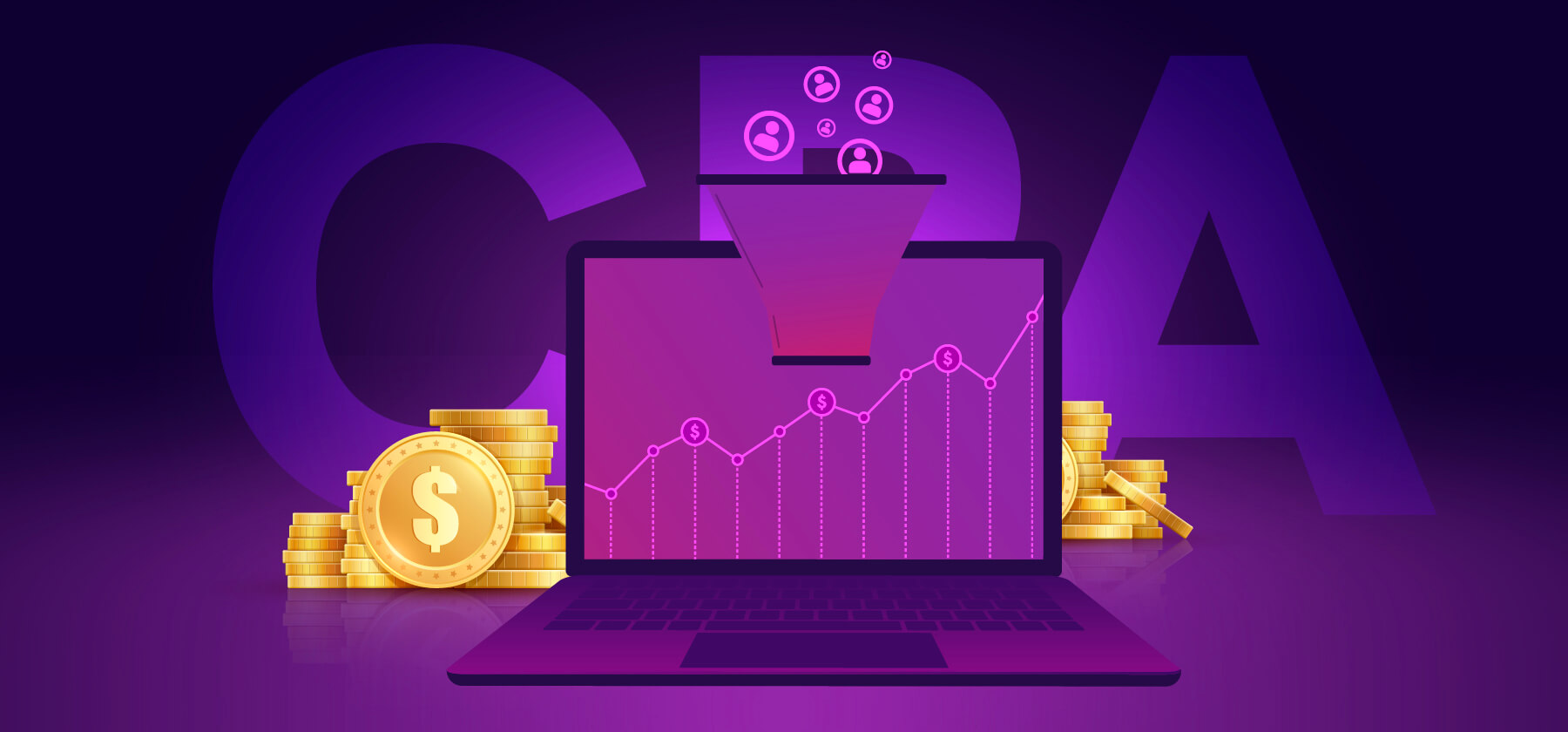What is Cost-Per-Action (CPA) Advertising?
Understanding CPA in Digital Marketing
Cost-Per-Action (CPA) advertising is a performance-based pricing model where advertisers pay only when users complete a specific action, such as making a purchase, signing up for a service, or downloading an app. Unlike traditional models like Cost-Per-Click (CPC) or Cost-Per-Mille (CPM), CPA focuses on measurable outcomes, making it a favorite for marketers aiming for tangible results.
Why CPA Matters in Today’s Advertising Landscape
CPA stands out as a cost-efficient and result-driven model. Advertisers can optimize their budgets by paying only for actions that align with their campaign goals. This ensures higher returns on investment (ROI) and allows marketers to track campaign effectiveness with precision.
How to Calculate Cost-Per-Action
The CPA Formula Explained
Calculating CPA is straightforward:
CPA=Total Advertising CostNumber of Actions
CPA=
Number of Actions
Total Advertising Cost
For example, if you spend $1,000 on a campaign that generates 200 purchases, your CPA would be $5 per action.
Setting Benchmarks for Success
A good CPA varies by industry and campaign objectives. However, ensuring that your Average Revenue Per User (ARPU) exceeds your CPA is critical to maintaining profitability.
CPA vs. Other Advertising Models
CPA vs. CPC: Which One is Right for You?
While CPC charges advertisers for every click, regardless of the outcome, CPA focuses solely on completed actions. If your goal is to drive engagement and conversions rather than just traffic, CPA is the superior choice.
CPA vs. CPM: Prioritizing Results Over Reach
CPM charges per thousand impressions, often leading to wasted ad spend if users don’t engage. In contrast, CPA ensures you’re paying only for meaningful interactions, making it ideal for performance-focused campaigns.
Benefits of CPA Advertising
Optimized Budget Allocation
With CPA, advertisers can allocate budgets more effectively by focusing on high-performing channels and campaigns that generate desired actions.
Enhanced Campaign Tracking and Insights
CPA provides detailed data on user behavior, helping marketers refine their strategies and improve conversion rates over time.
Challenges in Implementing CPA Campaigns
Limited Availability of Platforms
Not all ad platforms support the CPA model due to the risks involved in low-conversion campaigns. Marketers must carefully select platforms that offer robust tracking tools and reliable attribution systems.
Balancing Costs and Conversions
Negotiating appropriate costs per action is crucial to avoid overspending while maintaining campaign effectiveness.
Tips for Running Successful CPA Campaigns
Leverage Incentives to Drive Conversions
Offer rewards or discounts to encourage users to complete desired actions, such as signing up or making a purchase.
Use Advanced Attribution Tools
Employ tools like Adjust or AppsFlyer to track in-app events and ensure accurate billing based on completed actions.
The Future of CPA Advertising
Why CPA Will Dominate Performance Marketing
As digital marketing evolves, advertisers are increasingly prioritizing measurable results. The transparency and efficiency of the CPA model make it a cornerstone of future advertising strategies.
Innovations on the Horizon
Expect advancements in AI-driven attribution tools and expanded platform support for CPA campaigns, enabling marketers to achieve even greater precision and scalability.
By embracing Cost-Per-Action advertising today, businesses can secure a competitive edge in tomorrow’s performance-driven marketing landscape.

